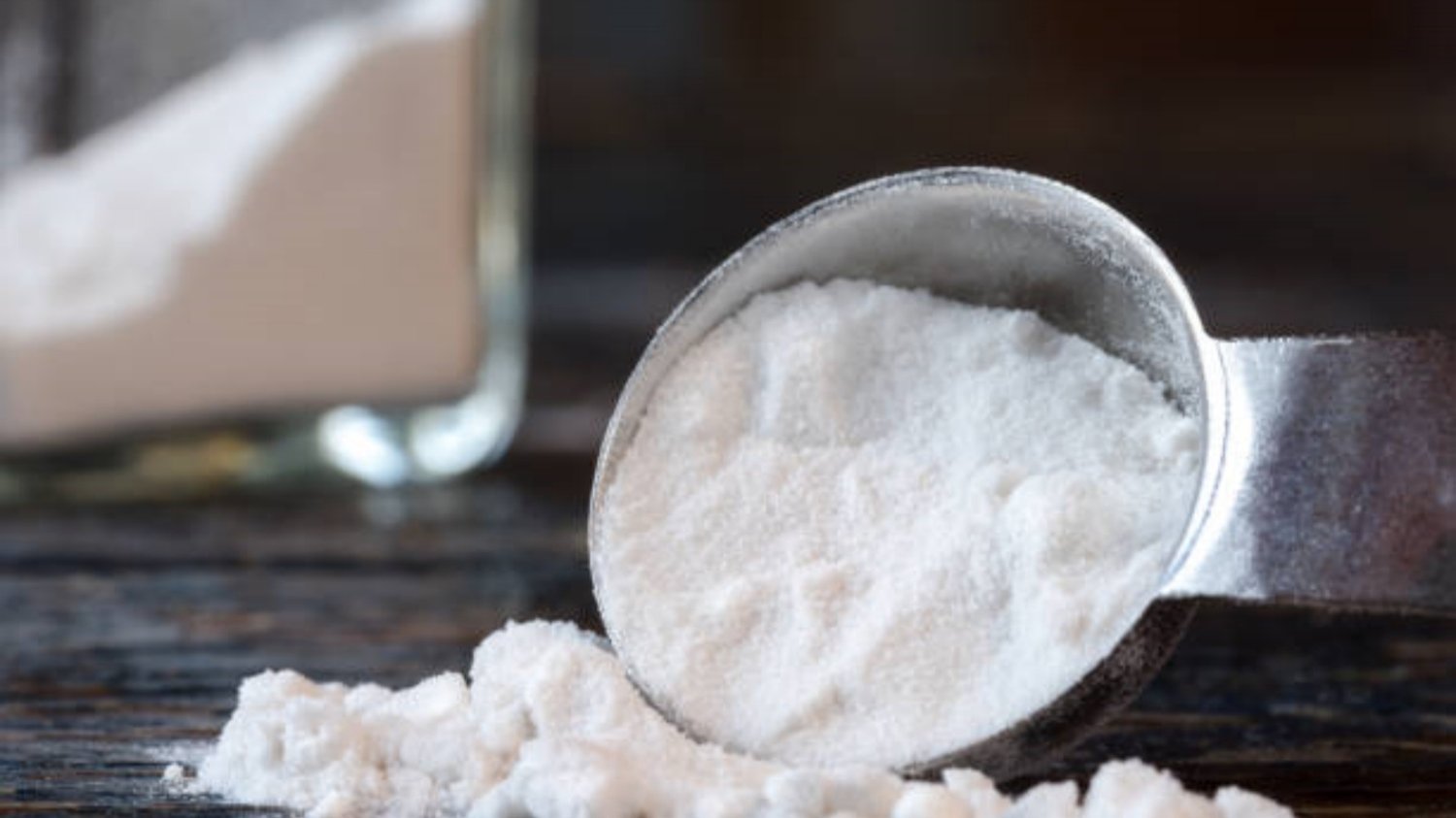The Importance of Proper Sodium Methylesculetin Acetate storage conditions
Sodium Methylesculetin Acetate is a chemical compound commonly used in various industries, including pharmaceuticals, cosmetics, and agriculture. As with any chemical substance, it is crucial to store Sodium Methylesculetin Acetate under specific conditions to ensure its stability and effectiveness over time. In this article, we will explore the optimal storage conditions for Sodium Methylesculetin Acetate, including temperature, humidity, and container requirements.
1. Temperature: Keeping Sodium Methylesculetin Acetate Cool and Stable
Temperature plays a vital role in preserving the quality of Sodium Methylesculetin Acetate. It is recommended to store this compound in a cool environment, ideally between 2°C and 8°C (35.6°F and 46.4°F). Fluctuations in temperature can lead to degradation and loss of potency. Therefore, it is essential to avoid exposing Sodium Methylesculetin Acetate to extreme heat or cold, such as direct sunlight or freezing temperatures.
2. Humidity: Maintaining Optimal Moisture Levels
Humidity levels can significantly impact the stability of Sodium Methylesculetin Acetate. It is crucial to store this compound in a dry environment to prevent moisture absorption, which can lead to chemical reactions and degradation. Ideally, the humidity level should be below 40%. To achieve this, it is recommended to store Sodium Methylesculetin Acetate in airtight containers or packaging with desiccants to absorb any excess moisture.
3. Container Requirements: Choosing the Right Storage Vessel
Selecting the appropriate container for Sodium Methylesculetin Acetate is essential for maintaining its quality and stability. The container should be made of a chemically inert material that does not react with the compound. Glass or high-quality plastic containers are commonly used for storing Sodium Methylesculetin Acetate. It is crucial to ensure that the container is tightly sealed to prevent air and moisture exposure. Additionally, labeling the container with the compound's name, batch number, and storage date will help track its shelf life and usage.
4. Light Sensitivity: Shielding Sodium Methylesculetin Acetate from Light
Sodium Methylesculetin Acetate is highly sensitive to light, especially UV radiation, which can accelerate its degradation. To prevent light-induced decomposition, it is essential to store Sodium Methylesculetin Acetate in opaque containers or packaging that provides protection from both natural and artificial light sources. Additionally, storing the compound in a dark and cool area will further minimize light exposure.
5. Separation from Incompatible Substances: Preventing Contamination
When storing Sodium Methylesculetin Acetate, it is crucial to keep it separate from incompatible substances that may react with or contaminate the compound. Ensure that the storage area is free from any chemicals, solvents, or materials that could potentially compromise the integrity and quality of Sodium Methylesculetin Acetate.
6. Handling and Transfer Precautions: Avoiding Cross-Contamination
During the handling and transfer of Sodium Methylesculetin Acetate, it is essential to take necessary precautions to prevent cross-contamination. Always use clean and dedicated equipment, such as spatulas or scoops, to avoid introducing impurities or foreign substances into the compound. Additionally, wearing suitable personal protective equipment (PPE), such as gloves and safety glasses, is recommended to ensure safe handling practices.
7. Regular Inspection and Monitoring: Checking for Signs of Degradation
Regular inspection and monitoring of Sodium Methylesculetin Acetate are crucial to identify any signs of degradation or changes in physical appearance. If the compound shows discoloration, unusual odor, or any other visible signs of deterioration, it should be discarded and replaced with fresh material. Keeping a record of storage conditions and conducting periodic assessments will help maintain the quality and effectiveness of Sodium Methylesculetin Acetate.
8. Security and Access Control: Ensuring Safety and Accountability
When storing Sodium Methylesculetin Acetate, it is essential to establish proper security measures and access control to prevent unauthorized handling or tampering. Limiting access to trained personnel and implementing secure storage facilities will help ensure the compound's safety and maintain accountability for its usage.
9. Shelf Life and Expiration: Understanding Storage-Related Timeframes
Sodium Methylesculetin Acetate, when stored under optimal conditions, typically has a shelf life of around two years. However, it is important to note that the compound's expiration date can vary depending on its purity, quality, and storage conditions. Regularly check the packaging or manufacturer's information for specific expiration guidelines and discard any expired Sodium Methylesculetin Acetate to avoid using ineffective or potentially harmful material.
10. Disposal Considerations: Properly Handling Expired or Unusable Sodium Methylesculetin Acetate
When it comes to disposing of expired or unusable Sodium Methylesculetin Acetate, it is crucial to follow proper waste management protocols. Contact your local regulatory authorities or consult with waste management professionals to determine the appropriate disposal methods. Do not dispose of Sodium Methylesculetin Acetate in regular trash or pour it down the drain, as it may have environmental implications.

